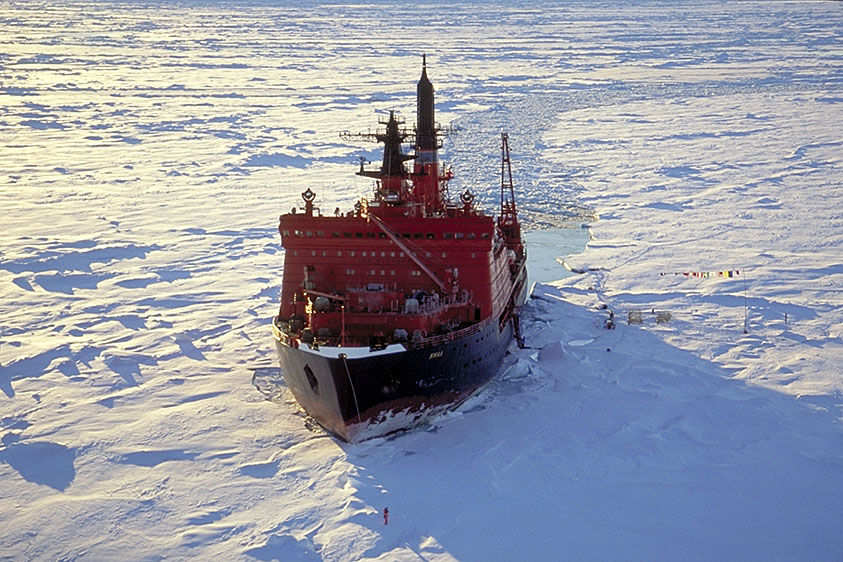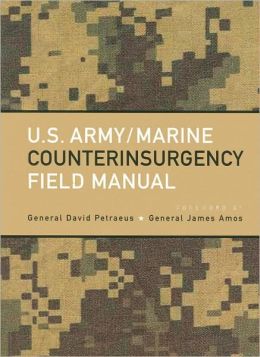On May 10th the U.S. government released its National Strategy for the Arctic Region and on May 23rd the U.S. Coast Guard released its Arctic Strategy, a document containing a 10-year plan. What are the important features of these two policy documents and how will they affect Canada’s position in the region?
U.S. National Strategy for the Arctic Region (published May 10th):
The release of the U.S. National Strategy for the Arctic Region is the first time an explicit U.S. vision for Arctic policy was set out which took into account the changing environment of the region.
The U.S. administration emphasizes the need to adapt responsibly to the realities of environmental issues. However the document includes the conflicting goals of protecting the environment, gaining access to the Arctic’s potentially copious supply of natural resources, and taking advantage of new shipping routes. These goals depend on the future of climate change in the region but in very different ways. Continued melting ice exposes previously inaccessible resources under the Arctic Ocean and allows for shipping through ice-free waterways, but is also at odds with their environmental goals. Nowhere in the document do policy makers propose how exactly they plan to resolve these conflicting interests responsibly.
The harsh Arctic climate further complicates activities in the region. Concerns exist over the risks posed to safe shipping and drilling – exemplified by a series of accidents experienced by Shell earlier this year. The Arctic Institute (a Washington think tank) criticized the U.S. for lacking an implementation strategy and long-term budgetary plan. The Coast Guard’s subsequent Arctic Strategy clarifies out some of these omissions.
The U.S. Coast Guard’s Arctic policy (published May 23rd):
The Coast Guard’s Arctic policy has three main goals: broaden partnerships, modernize governance and improve awareness. The 10-year strategy contained in the document calls for increased Coast Guard presence and capabilities in the region.
[captionpix align=”left” theme=”elegant” width=”320″ imgsrc=”http://www.amosphotography.com/data/photos/218_1North_Pole_Arctic_Ocean_Nuclear_Ice_Breaker_ship.jpg” captiontext=” “]
Regarding presence there are no deep-water ports or permanent infrastructures in the high Arctic and there are still no such plans from the U.S. included here. What is planned for is mobile offshore infrastructure with a seasonal presence. To strengthen capability aircraft, cutters, small boats, personnel, and other mobile assets will be deployed to Barrow, Alaska, and other Arctic sites in the summer months only. They also call for a new, heavy-duty icebreaker to add to the Arctic fleet (which could cost more than 1 billion USD).
While these are modest measures they could also be seen as sensible considering the Coast Guard is still figuring out what resources will be needed and could work in cooperation with other agencies. Maritime security is a very costly endeavor and funding is as always a major restriction. The smart use of resources is imperative and this is – judging by this policy release – obviously a concern.
Something the two strategy documents agree on is that the U.S. should ratify the Law of the Sea Convention (the UN treaty that regulates the resources of the sea). The U.S. is the only one of the eight Arctic nations to have not yet ratified it. Five of those countries have Arctic coastlines Russia, Norway, Denmark (via Greenland), Canada, and the U.S.
This UN treaty augments individual country’s abilities to resolve disputes over maritime boundaries. All other countries with Arctic coastlines are who have ratified the treaty are charting the continental shelves to make claims under the treaty to increase their rights to the oil and gas reserves that lie beneath the Arctic waters. As the ice melts the ‘coldrush’ intensifies with unprecedented shipping routes and resources becoming available. The sooner the dispute over territorial claims to the Northwest Passage are resolved the sooner trade and exploration can commence.
Implications for Canada:
Canada’s Northern Strategy was launched in 2009 with a declaration of 4 priorities areas:
- Exercising Artic sovereignty
- Protecting environmental heritage
- Promoting social and economic development
- Improving and devolving Northern governance
The two U.S. policies appear to advocate trust and co-operation with other Arctic nations especially with regard security matters. This recognition of collaborative opportunities to find solutions as opposed to a threat-oriented focus is a good sign for Canada and other Arctic stakeholders.
It would be easy to dismiss these two documents as conciliatory or vague but this actually affords the U.S. an open door to bilateral and multilateral operations. Reference is made to the areas that need to be worked on such as developing new waterways management regimes and promoting safe trade through new systems and infrastructure. The lack of detail on the whens or hows of achieving this allows for flexibility in a complex and largely unknown environment. Rather, the strategy lays out a guide for future policy decisions as opposed to the decisions themselves.
The U.S.’s open approach to relations from its policy guidelines is the first move towards a rewarding partnership between Canada and the U.S. It is now up to Canada to move next and leverage its position as chair of the Arctic Council to try find a workable solution to territorial disputes and other issues in the region.



